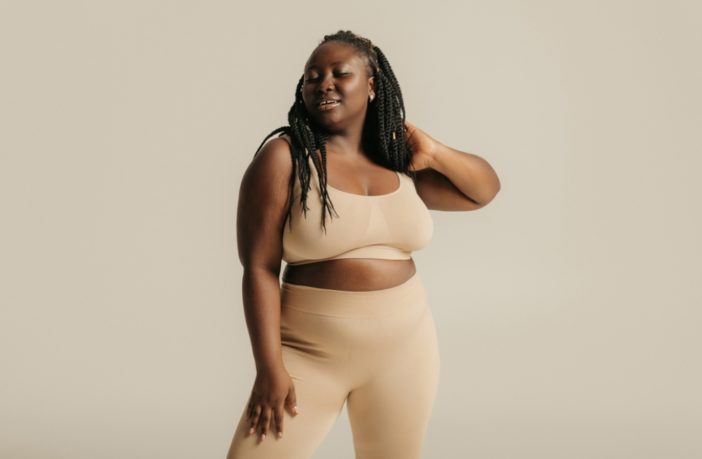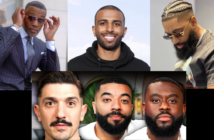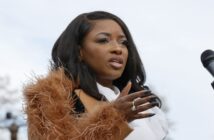As the fashion industry evolves, the inclusion of diverse body types remains a pressing issue. Recent reports show a concerning decrease in size inclusivity on the runways of major fashion cities, with plus-size representation at a mere 0.8%. Despite this, curve models continue to make significant strides in challenging the industry’s narrow beauty standards.
Breaking barriers in plus-size fashion
Historically, the fashion industry has promoted a fantasy body type that does not reflect the average American woman’s size, which is between 16 and 18. However, some brands are actively working with plus-size models to showcase a broader range of body types. Sinéad O’Dwyer, Ester Manas, Bach Mai, Edeline Lee, and Bora Aksu are notable for their inclusive runway presentations.
Advocating for diversity and self-representation
Curve models like Brianna Wright and Valloyomora have been at the forefront of advocating for better representation and treatment within the industry. They emphasize the importance of self-advocacy on set, ensuring that their voices are heard and respected. Their experiences highlight the need for the industry to genuinely value models of all sizes, rather than meeting superficial diversity quotas.
A positive outlook on inclusivity
Despite the challenges, there is a positive outlook on the future of plus-size fashion. Models like MJ acknowledge the progress made by brands like Savage X Fenty and Christian Siriano, who consistently promote body diversity. The support of large brands can play a crucial role in promoting inclusivity and creating opportunities for curve models.
As the industry progresses, the hope is that more pathways will open for future generations of models to embrace their bodies and the space they deserve in fashion. Education and community support are key to ensuring that all models, regardless of size, are appreciated for their unique qualities.


